

Articles
How To Store Homemade Crusty Bread
Modified: February 23, 2024
Learn the best methods for storing your homemade crusty bread and keeping it fresh for longer with these helpful articles.
(Many of the links in this article redirect to a specific reviewed product. Your purchase of these products through affiliate links helps to generate commission for Storables.com, at no extra cost. Learn more)
Introduction
There’s nothing quite like the taste of freshly baked crusty bread. The aroma, the texture, and the satisfaction of tearing into a warm loaf straight from the oven is a culinary experience like no other. But what happens when you have leftovers? How do you store homemade crusty bread to keep it fresh and flavorful for as long as possible?
In this article, we’ll explore different methods for storing homemade crusty bread to help you maintain its deliciousness. We’ll discuss the importance of choosing the right storage method, the proper way to wrap the bread, and how to store it at room temperature or in the freezer. We’ll also share tips on how to refresh stale crusty bread and the best approach to storing sliced crusty bread. So, let’s dive in and discover the secrets to preserving your homemade crusty bread!
Key Takeaways:
- Properly wrapping and choosing the right storage method is crucial for maintaining the freshness and flavor of homemade crusty bread, whether at room temperature or in the freezer.
- Refreshing stale crusty bread and storing sliced bread in airtight containers or freezer bags are convenient ways to extend the enjoyment of this beloved culinary staple.
Read more: How To Store Homemade Bread
Choosing the right storage method
When it comes to storing homemade crusty bread, the first thing you need to consider is the right storage method. The goal is to maintain the bread’s crispy crust while preventing it from becoming dry and stale. The two main options for storing crusty bread are at room temperature or in the freezer.
If you plan to consume the bread within a day or two, storing it at room temperature is a suitable choice. It allows the bread to breathe and keeps the crust crunchy. However, keep in mind that crusty bread tends to dry out quickly, so if you won’t finish it within a couple of days, consider freezing it instead.
Freezing crusty bread is an excellent way to preserve its freshness for an extended period. By freezing the bread, you can extend its shelf life for up to several months. This is especially useful when you have a large batch of homemade crusty bread or want to stock up for future use.
Ultimately, the choice of storage method depends on your specific needs and timeline. If you plan to consume the bread within a couple of days, room temperature storage is suitable. However, if you want to enjoy crusty bread for a longer period or save it for later, freezing is the way to go.
Wrapping the crusty bread
Properly wrapping your homemade crusty bread is crucial to maintain its freshness and texture. The right wrapping method will help to seal in moisture and protect the crust from becoming tough or soggy.
One of the best ways to wrap crusty bread is to use a clean kitchen towel or a linen bread bag. Avoid using plastic bags or airtight containers as they can trap moisture and make the bread lose its crispiness.
Here’s a step-by-step guide to wrapping your crusty bread:
- Allow the bread to cool completely before wrapping it.
- Place the bread in a clean kitchen towel or a linen bread bag.
- Gently fold the towel or close the bag, making sure it’s sealed but not too tight to allow the bread to breathe.
- Store the wrapped bread in a cool, dry place or proceed to freeze it if desired.
Remember to avoid using plastic wrap or aluminum foil, as they can cause the bread to become soggy. The breathable fabric of a kitchen towel or linen bread bag allows air circulation, helping to keep the crust crisp while preventing moisture buildup.
By using the right wrapping method, you can ensure that your homemade crusty bread stays fresh and delicious for longer periods, whether stored at room temperature or in the freezer.
Storing bread at room temperature
If you plan to enjoy your homemade crusty bread within a day or two, storing it at room temperature is a convenient option. However, it’s crucial to take certain precautions to prevent the bread from drying out too quickly.
Here are some tips for storing crusty bread at room temperature:
- Keep the bread in a cool, dry place away from direct sunlight or heat sources. Excessive heat can accelerate the staling process.
- If the bread has been sliced, place the cut side down on a cutting board or a bread box to help preserve its moisture.
- Avoid leaving the bread exposed to the air for too long. Once you’ve enjoyed a slice or two, re-wrap the remaining bread tightly in a clean kitchen towel or linen bread bag.
- Consume the bread within a day or two. Crusty bread tends to dry out quickly, so it’s best enjoyed when fresh.
Remember, crusty bread is at its best when it’s freshly baked. While storing it at room temperature is suitable for short-term storage, it’s advisable to freeze any leftovers beyond a day or two to ensure the bread stays fresh and delicious.
Next, let’s explore the option of storing homemade crusty bread in the freezer for longer-term storage.
Store homemade crusty bread at room temperature in a paper bag or bread box to maintain its crustiness. Avoid storing in plastic, as it can make the bread soggy.
Storing bread in the freezer
If you want to extend the shelf life of your homemade crusty bread, storing it in the freezer is a great option. Freezing the bread allows you to enjoy it for several months while preserving its flavor and texture.
Here’s a step-by-step guide on how to store crusty bread in the freezer:
- Ensure that your bread is completely cool before freezing it. Warm bread can create excessive moisture and lead to freezer burn.
- Wrap the crusty bread tightly in plastic wrap or aluminum foil to protect it from freezer burn and retain its moisture. Make sure to wrap it multiple times to create a secure seal.
- Place the wrapped bread in a freezer bag or airtight container to provide an extra layer of protection against freezer burn.
- Label the bag or container with the date to keep track of how long it has been in the freezer.
- Store the bread in the freezer, preferably in a location where it won’t get crushed or squished.
When you’re ready to enjoy the frozen crusty bread, remove it from the freezer and let it thaw at room temperature. Avoid unwrapping the bread until it has fully thawed to prevent moisture loss.
To enhance the texture and revitalise the crustiness of the thawed bread, preheat your oven to 350°F (175°C) and place the bread directly on the oven racks. Bake for about 5-10 minutes until the crust becomes crispy again.
Storing crusty bread in the freezer is an excellent way to preserve its quality and enjoy it at your convenience. Just make sure to properly wrap and protect the bread to prevent freezer burn.
Next, we’ll explore how to refresh stale crusty bread and make it taste as good as fresh.
Read more: How To Store Homemade Sourdough Bread
Refreshing stale crusty bread
It’s not uncommon for crusty bread to become stale after a day or two. But don’t worry, there are ways to revive it and bring back its deliciousness. Here are a few methods to refresh stale crusty bread:
- Moisten the crust: Lightly moisten the crust of the bread with water. You can use a spray bottle or wet your hands and gently rub the water onto the surface. Avoid saturating the bread as it may become soggy.
- Reheat in the oven: Preheat your oven to 350°F (175°C). Place the stale bread directly on the oven racks and bake for about 10 minutes. This will help to rejuvenate the crust and make it crispy again. Keep an eye on the bread to prevent it from burning.
- Use a steamer: If you have a steamer, you can use it to refresh stale crusty bread. Simply place the bread in the steamer for a few minutes to restore moisture to the crust.
- Toaster or toaster oven: Slicing the stale bread and toasting it in a toaster or toaster oven can also help revive its crispy texture. Toasting the bread will make it warm and crispy, giving it a fresh-out-of-the-oven taste.
These methods work well for slightly stale crusty bread. However, if your bread has become overly dry and hard, it may be best to repurpose it in dishes like breadcrumbs, croutons, or bread pudding.
Remember, refreshing stale crusty bread can bring it back to life, but it’s always best to enjoy crusty bread when it’s fresh. By properly storing your homemade bread and consuming it within a couple of days, you can ensure the best possible taste and texture.
Now, let’s explore how to store sliced crusty bread.
Storing sliced crusty bread
If you prefer to slice your homemade crusty bread before storing it, there are a few additional considerations to ensure the slices stay fresh and delicious.
Here’s how to store sliced crusty bread:
- Wait for the bread to cool completely before slicing it. Slicing warm bread can cause it to become squished and lose its shape.
- After slicing, wrap each individual slice in plastic wrap or parchment paper. This will help to retain moisture and prevent the slices from sticking together.
- Place the wrapped slices in an airtight container or freezer bag.
- Label and date the container or bag to keep track of the stored bread.
- If you plan to consume the sliced bread within a few days, store it at room temperature in a cool, dry place. If you want to store it for longer periods, freeze the slices.
When you’re ready to enjoy the sliced crusty bread, simply remove the desired number of slices from the freezer and let them thaw at room temperature. You can toast the thawed slices or use them for sandwiches, bruschetta, or any other recipe you prefer.
Storing sliced crusty bread allows for convenient, ready-to-use portions and minimizes waste. Just remember to wrap the slices properly and take care to thaw them gently for the best texture and flavor.
Finally, let’s summarize the key points we’ve discussed in this article.
Conclusion
Storing homemade crusty bread properly is essential to maintain its freshness, flavor, and texture for as long as possible. By following a few simple guidelines, you can enjoy delicious crusty bread long after it’s been baked.
Choose the right storage method based on your needs and timeline. If you’ll consume the bread within a day or two, storing it at room temperature is suitable. However, if you want to prolong its shelf life or save it for later, freezing the bread is the best option.
When wrapping crusty bread, use a clean kitchen towel or linen bread bag to allow air circulation while protecting the crust. Avoid using plastic bags or airtight containers that can make the bread lose its crispiness.
If storing bread at room temperature, keep it in a cool, dry place away from direct sunlight or heat sources. If storing in the freezer, make sure to wrap the bread tightly and use airtight containers or freezer bags to prevent freezer burn.
If you find yourself with stale crusty bread, you can refresh it by moistening the crust, reheating in the oven, using a steamer, or toasting it. However, it’s always best to enjoy crusty bread when it’s fresh.
For those who prefer sliced bread, wrap each slice individually in plastic wrap or parchment paper before storing them in an airtight container or freezer bag. This method makes it easier to grab slices as needed without thawing the entire loaf.
Remember, homemade crusty bread is a delight to have at any time. Whether you’re enjoying it fresh out of the oven or retrieving it from the freezer weeks later, savor the flavors and textures that make crusty bread a beloved staple in many cuisines.
Now, armed with the knowledge of how to store homemade crusty bread, go ahead and bake your favorite batch with the confidence that you can enjoy it for days, weeks, or even months to come!
Frequently Asked Questions about How To Store Homemade Crusty Bread
Was this page helpful?
At Storables.com, we guarantee accurate and reliable information. Our content, validated by Expert Board Contributors, is crafted following stringent Editorial Policies. We're committed to providing you with well-researched, expert-backed insights for all your informational needs.



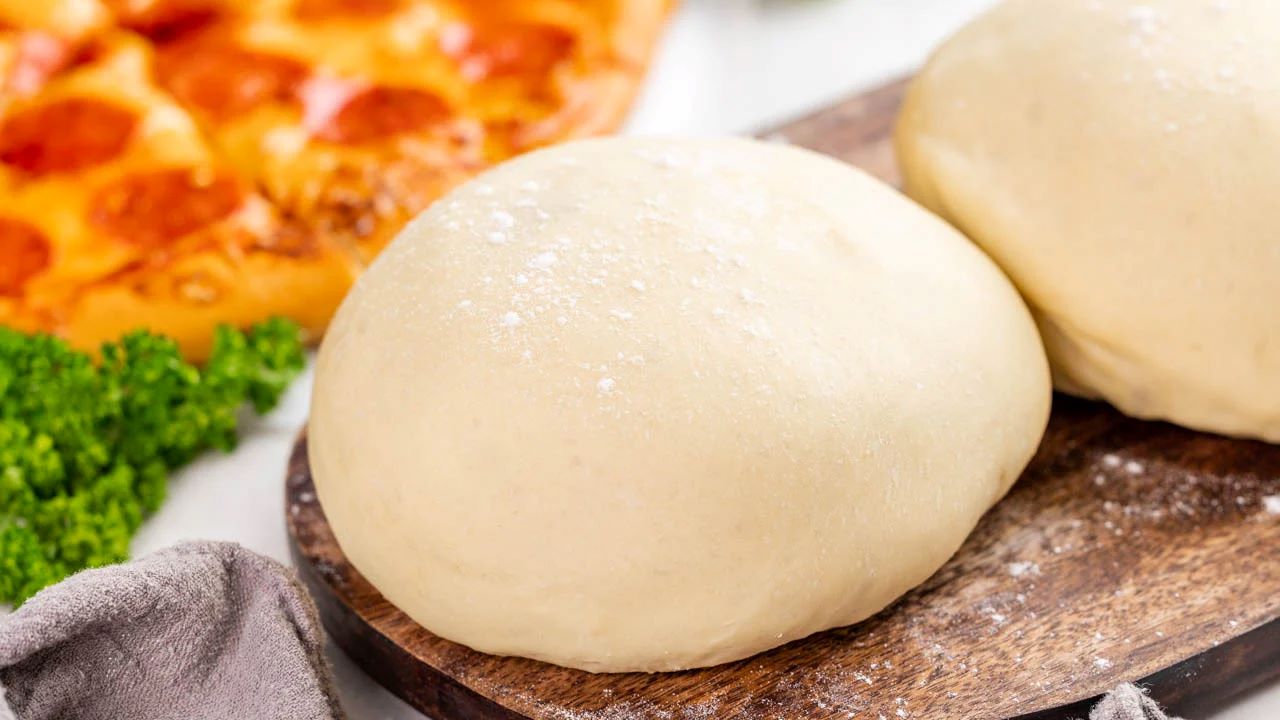


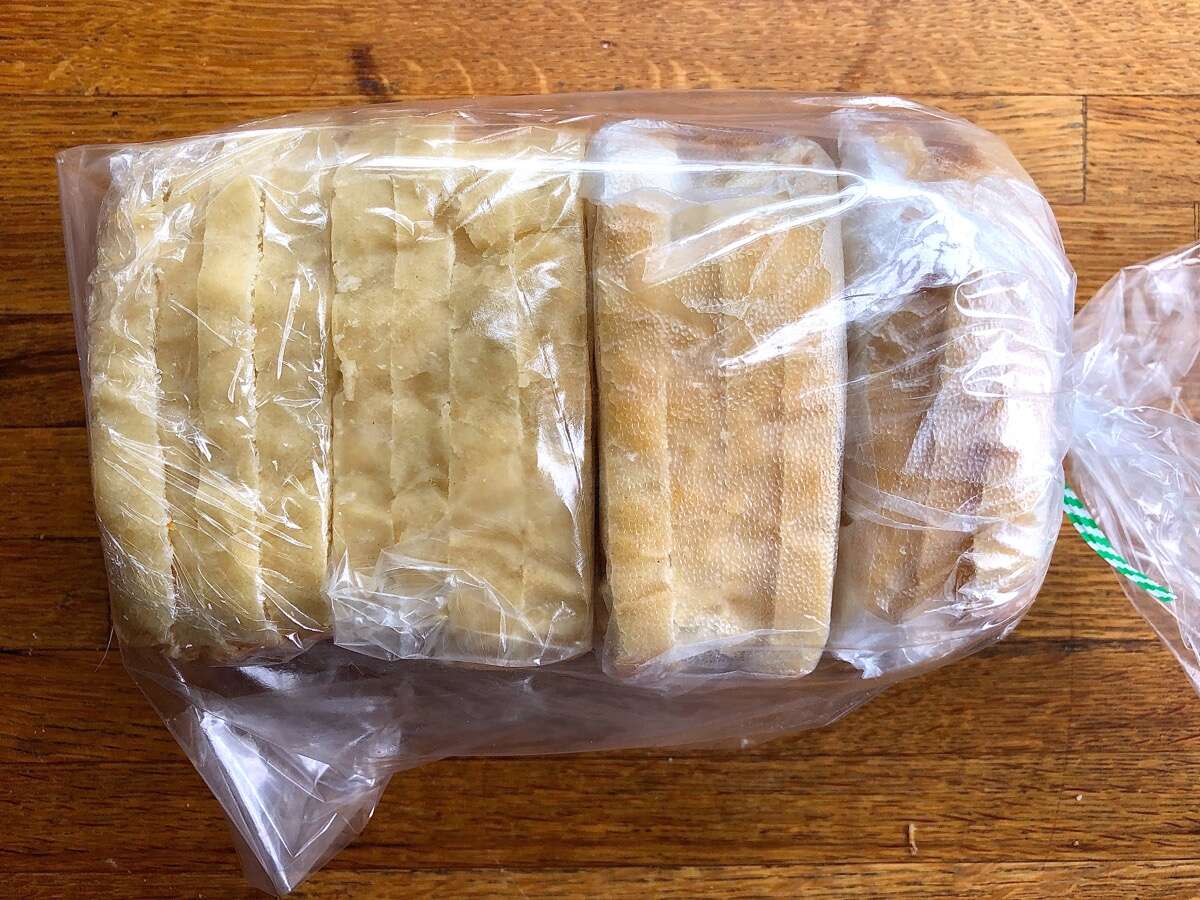
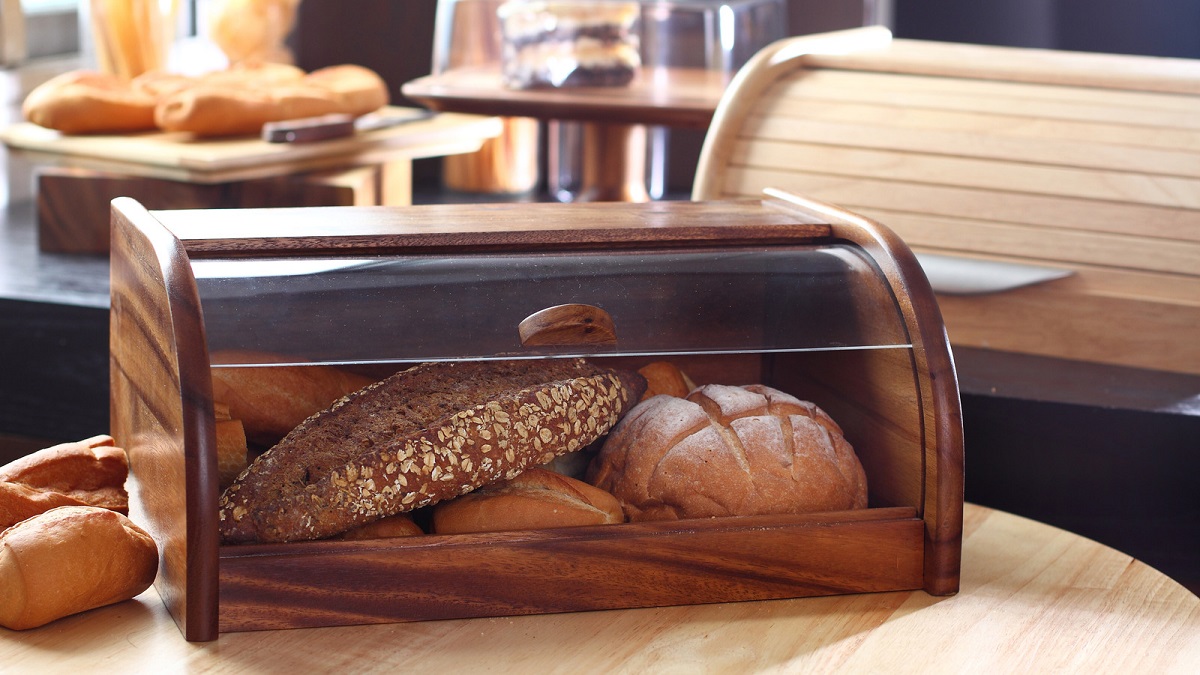
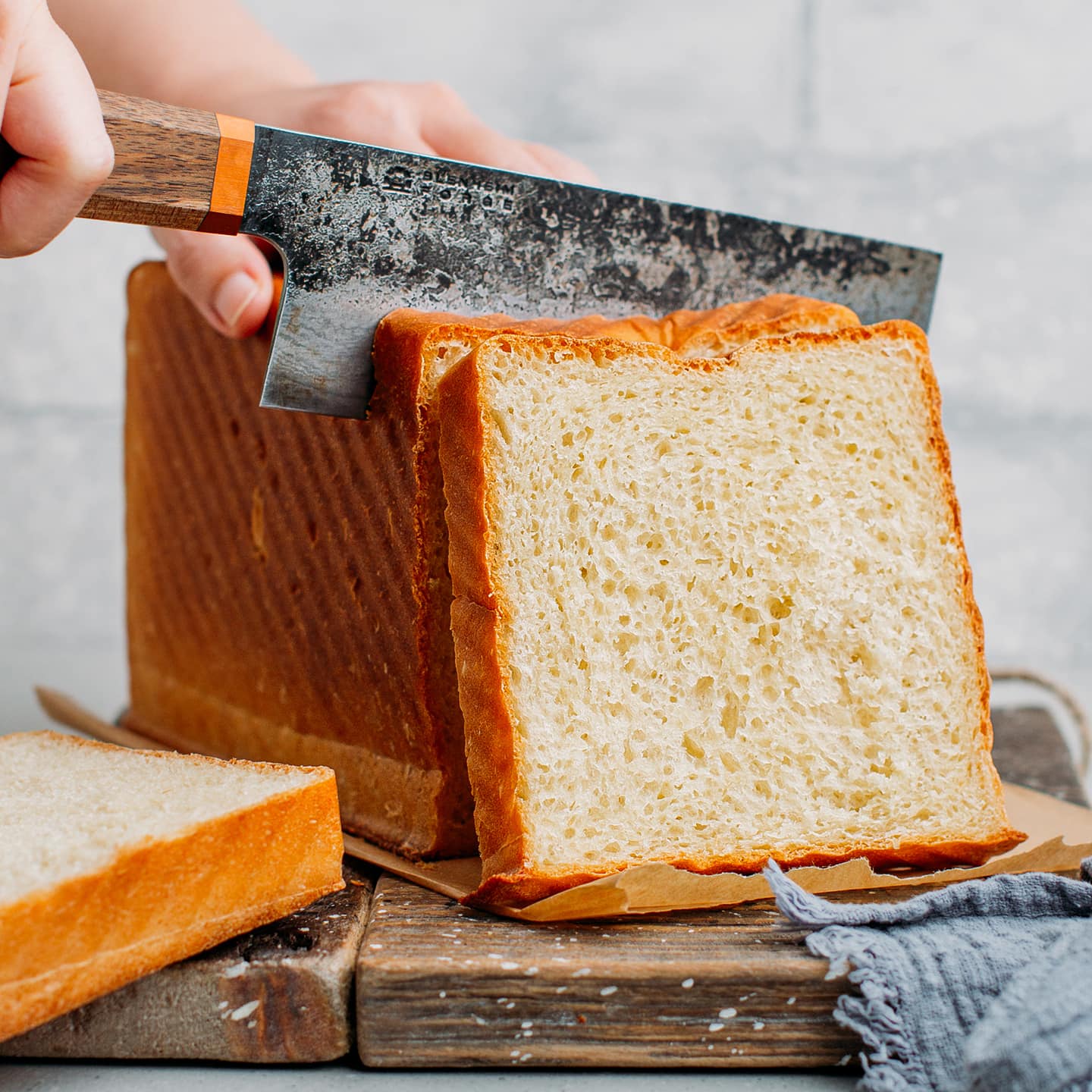
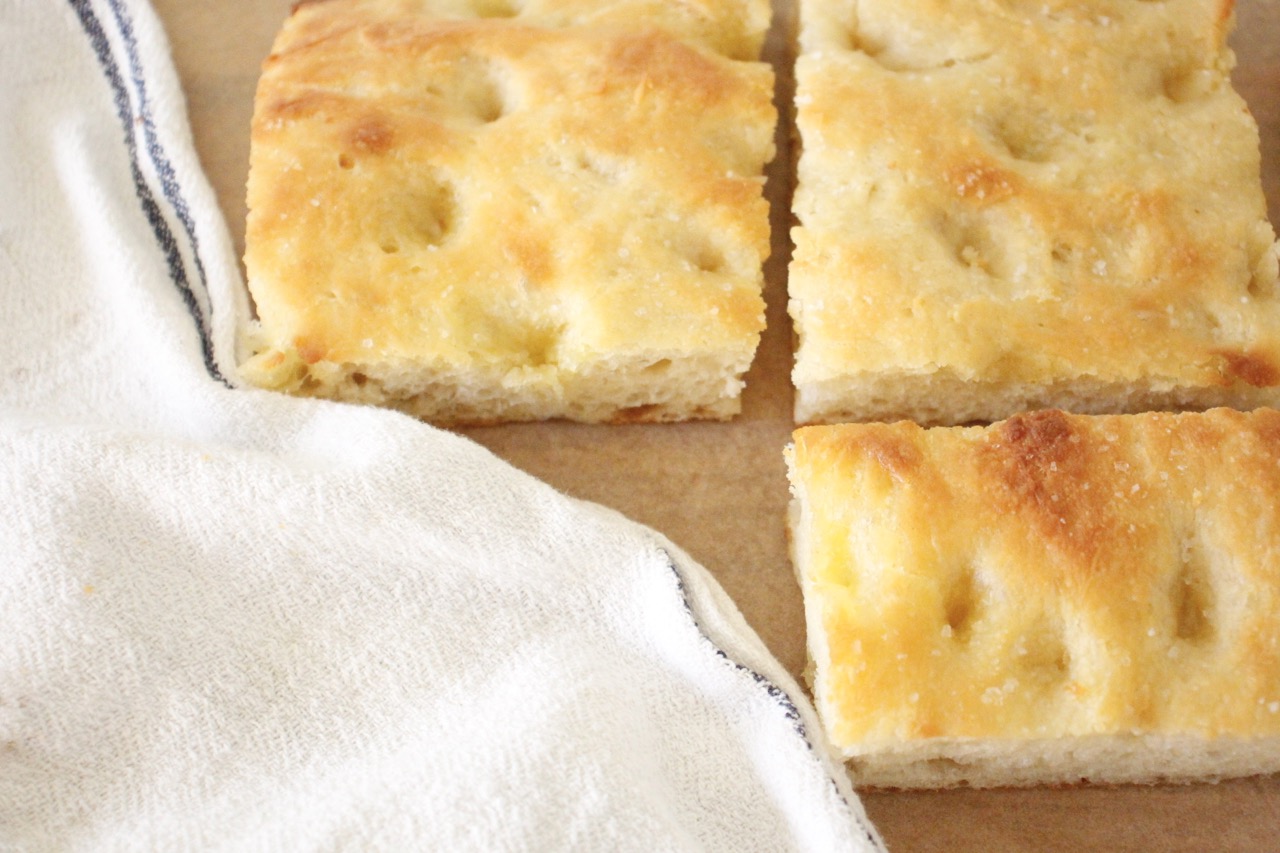
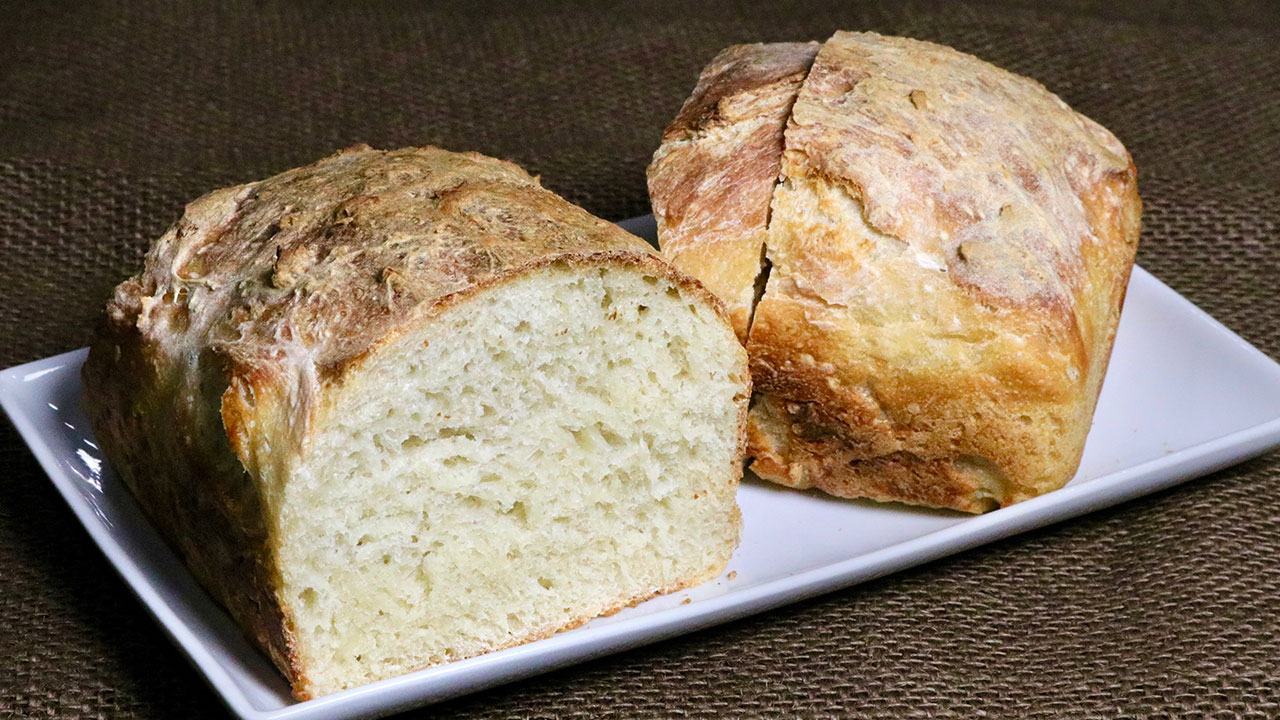
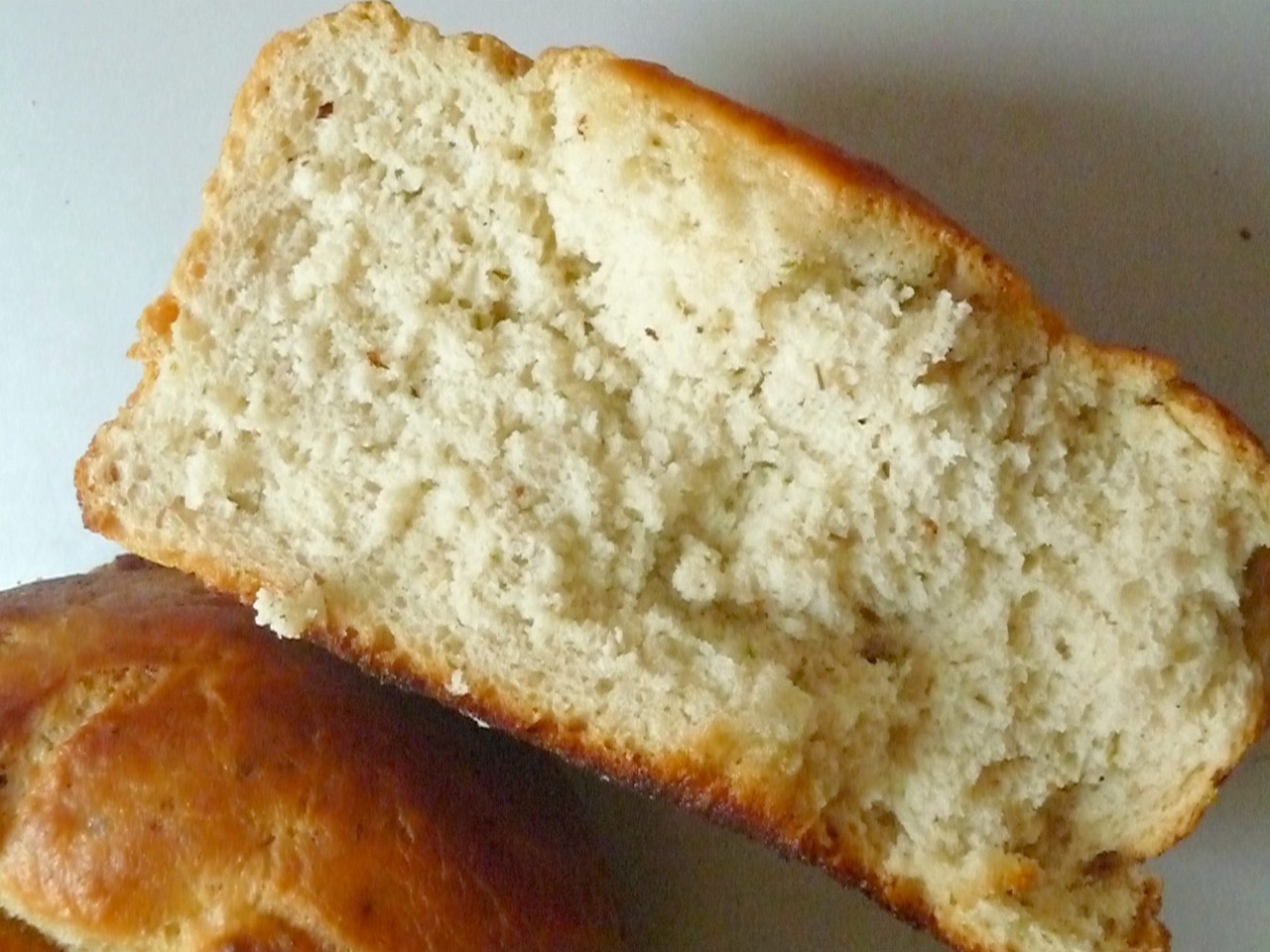
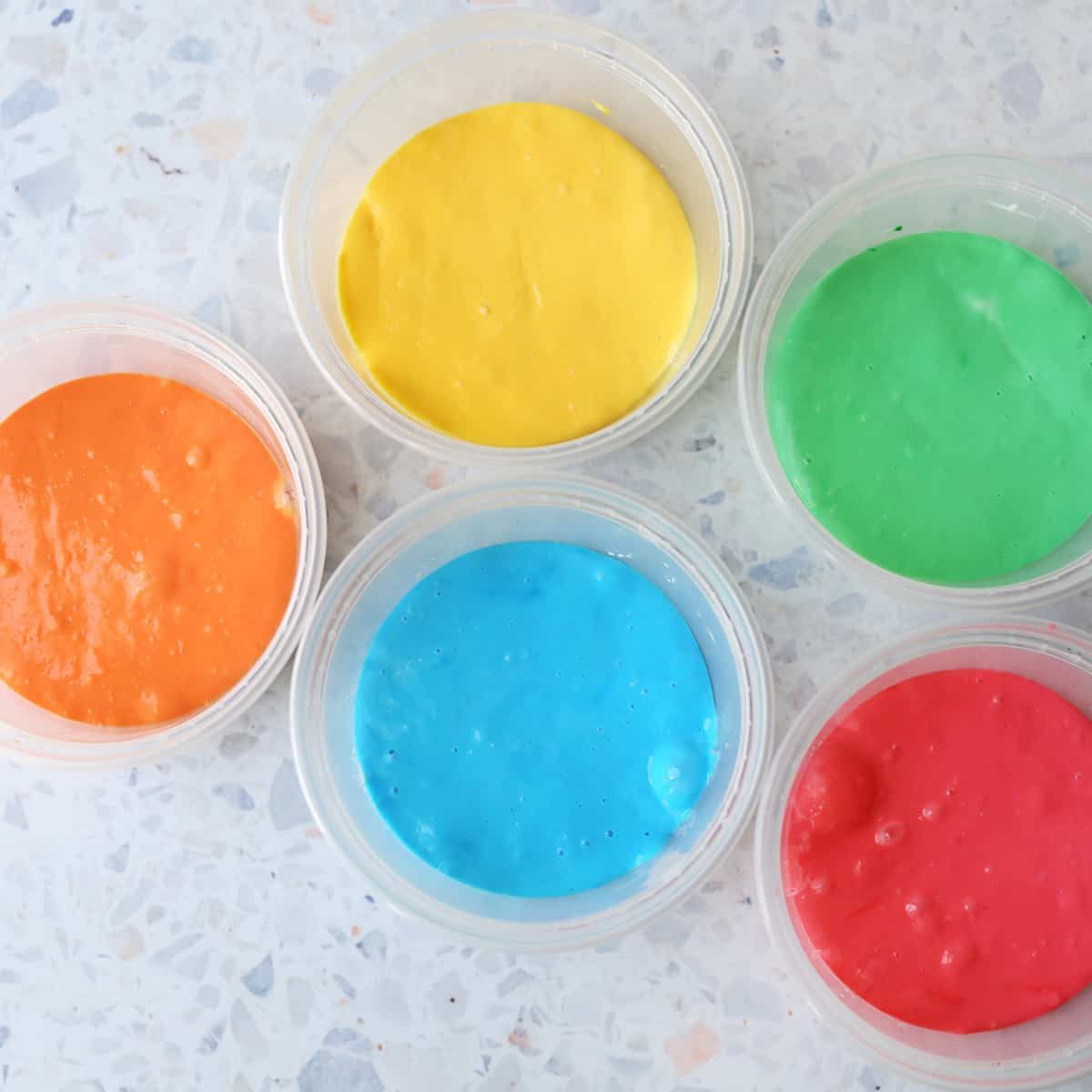


0 thoughts on “How To Store Homemade Crusty Bread”